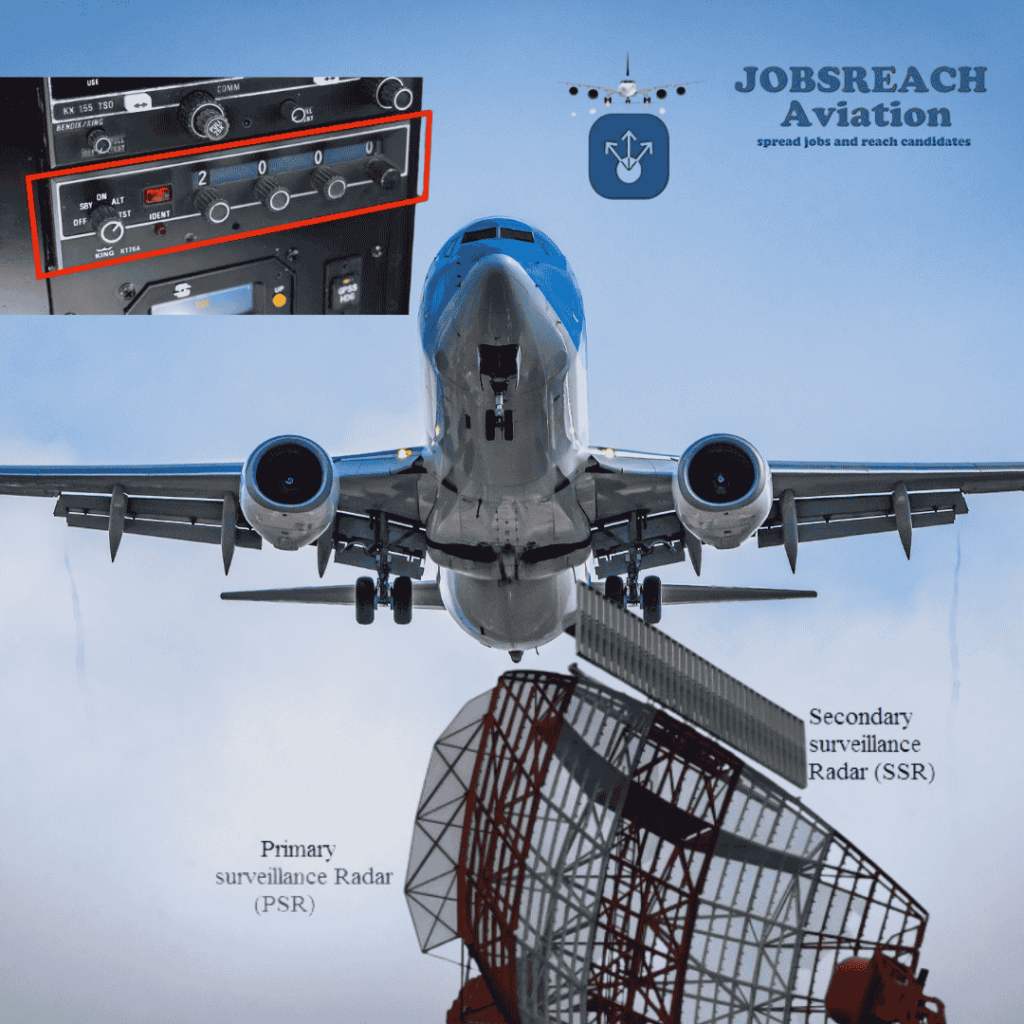
When you’re flying 35,000 feet above ground, every second counts and communication matters. In aviation, transponder squawk codes are one of the most crucial tools for silent communication between aircraft and air traffic control (ATC), especially in emergencies. Among these, one code holds particularly grave implications: 7500 the internationally recognized squawk for aircraft hijacking.
This article unpacks how squawk codes work, what happens when 7500 is entered, and how pilots, controllers, and security forces respond to what could be a matter of life and death.
✈️What Are Squawk Codes?
A squawk code is a four-digit number transmitted by an aircraft’s transponder to identify itself on radar and convey status information. These codes are assigned by ATC or set by pilots to signal specific situations. Three emergency codes are globally standardized:
- 7700 – General emergency (engine failure, medical emergency, fire, etc.)
- 7600 – Radio communication failure
- 7500 – Unlawful interference or hijacking
These codes can be changed manually by the flight crew using a cockpit transponder, allowing for rapid, discreet communication.
🚨 Squawk 7500: The Silent Hijack Alert
When a pilot dials in 7500, they’re not just updating a digital display, they’re triggering a full-scale emergency response. This code tells ATC that the aircraft is under unlawful interference (e.g., hijacking), and verbal communication may not be possible due to the threat onboard.
What Happens Next?
- ATC Response Protocol:
- ATC will respond with a confirmation:
- “(Callsign), confirm squawking seven five zero zero.”
- No Response = Immediate Action:
If the pilot does not respond or confirms under duress, ATC treats it as an active hijack. - Security & Military Scramble:
National defence authorities, law enforcement, and emergency services are immediately notified. Fighter jets may be scrambled to intercept the aircraft. - Airspace Lockdown & Ground Prep:
The destination airport is alerted, and security measures are heightened. Emergency response teams are mobilized on the ground.
🧑✈️ Real-Life Cases: Hijack Alerts and Close Calls
Korean Air Flight 085 (2001)
During the chaos of 9/11, Korean Air Flight 085 mistakenly triggered squawk 7500. U.S. and Canadian military forces scrambled jets, and NORAD considered shooting the plane down. The aircraft ultimately landed safely in Canada after authorities confirmed it was a false alarm — but not before a full-scale alert had already been activated.
Ethiopian Airlines Flight 702 (2014)
A co-pilot diverted the aircraft to Geneva and reportedly locked the captain out of the cockpit. The flight squawked 7500 mid-air, prompting Swiss air defence to respond. The co-pilot later sought asylum, and no passengers were harmed.
Real Hijack Incident: Ethiopian Airlines Flight 702 (2014)
On February 17, 2014, co-pilot Hailemedhin Abera Tegegn hijacked Ethiopian Airlines Flight 702 from Addis Ababa to Rome by locking the captain out of the cockpit and squawking the hijack code 7500. Unusually, he deliberately used this code to alert authorities and safely divert the plane to Geneva, where he intended to seek asylum. Escorted by Italian and French fighter jets, the aircraft landed with minimal fuel, and the co-pilot surrendered peacefully. No one was harmed.
Air India Flight AI2957 (2025)
Shortly after take-off from Delhi, this domestic flight broadcast squawk 7500, prompting military notification and a high-security response in Mumbai. Investigation revealed it was accidental, but until that was confirmed, full hijack procedures remained in effect.
Air Europa at Schiphol (2019)
The pilot demoed squawk codes to a trainee and unintentionally set 7500, triggering a 4.5‑hour lockdown, passenger evacuation, and military police response
🛡️ False Alarms: Why They’re Still Taken Seriously
Mistakenly dialing 7500 is not unheard of — a slip of a finger or a confused crew can trigger the wrong code. However, false positives are treated just as seriously as real threats until proven otherwise.
Why? Because the cost of ignoring a true hijack alert is potentially catastrophic.
Pilots are trained to clarify errors immediately. A typical clarification might be:
“Approach, N123AB, negative. Squawk 7500 entered in error. Returning to assigned code.”
But until that clarification is confirmed, the assumption remains: the aircraft may be in danger.
📋 ATC & Pilot Protocols in a 7500 Scenario
| Action | Responsibility | Response |
|---|---|---|
| Dial 7500 | Pilot | Silent hijack alert; minimal verbal communication |
| Confirm squawk | Air Traffic Control | “(Callsign), confirm squawking seven five zero zero” |
| No response or suspicious reply | ATC | Initiate hijack protocol; notify defense/military |
| Visual intercept (if needed) | Military | Fighter jets may escort or signal to land |
| Ground coordination | Authorities | Law enforcement prepare for hostage, negotiation, or tactical response |
Empowering Aviation Professionals Through a Global Platform
JobsReach Aviation is a dedicated platform designed to support the growth and development of aviation professionals worldwide. It offers a space to share expertise, exchange insights, and foster career advancement within the aviation industry. Through this network, users can connect with peers across the globe, collaborate on professional opportunities, and contribute to each other’s learning journeys. The platform also delivers valuable content including videos, spotlight features, flash updates, and the latest industry trends ensuring aviation professionals stay informed and engaged with the evolving aviation landscape.
Why 7500 Matters?
The squawk code 7500 is more than just a number, it’s a lifeline for pilots under threat, and a critical signal for air traffic controllers to protect lives in the sky and on the ground. While its use is rare, every aviation professional is trained to respond to it without hesitation.
Whether it’s a genuine hijacking or a mistaken code entry, one thing is certain: the world listens when 7500 is squawked.
Leave a Reply